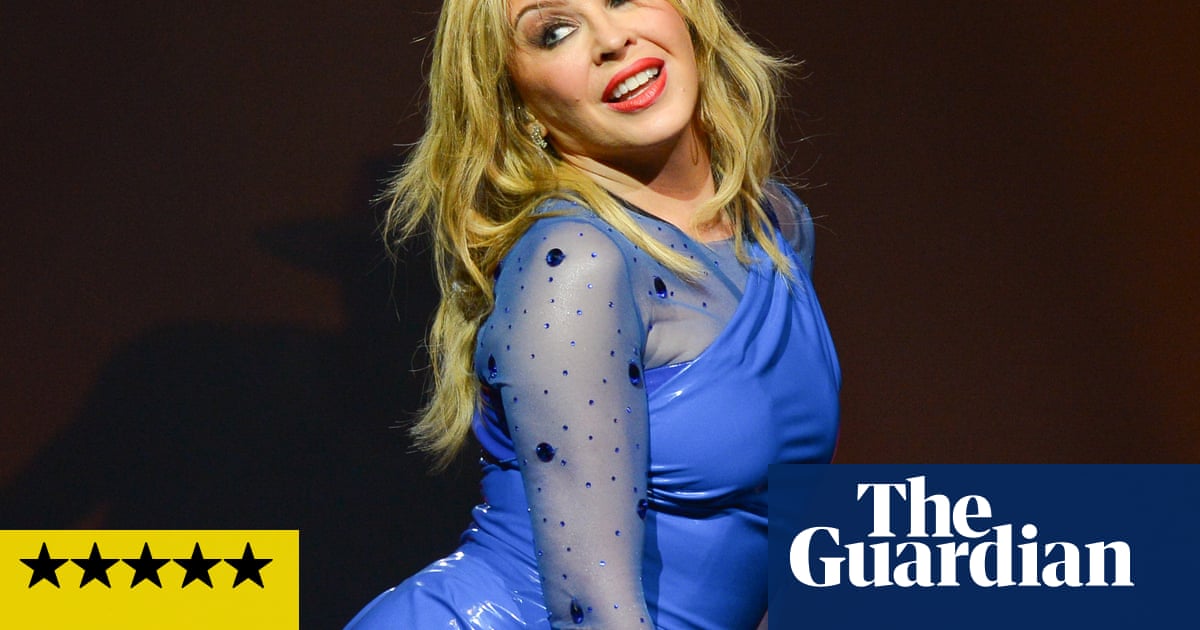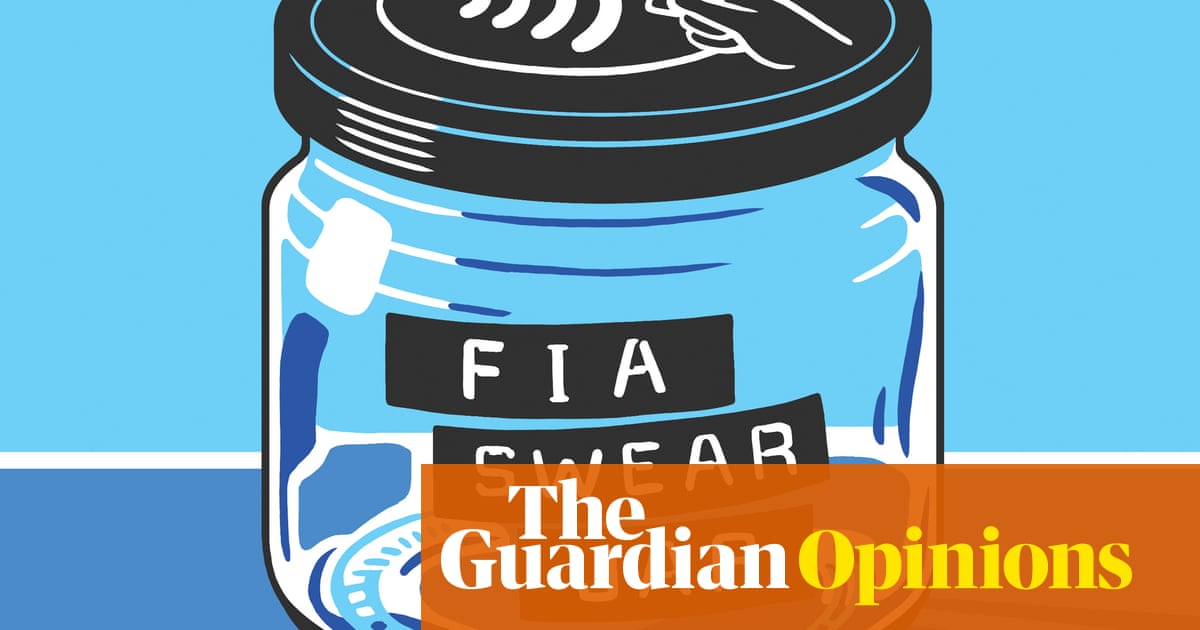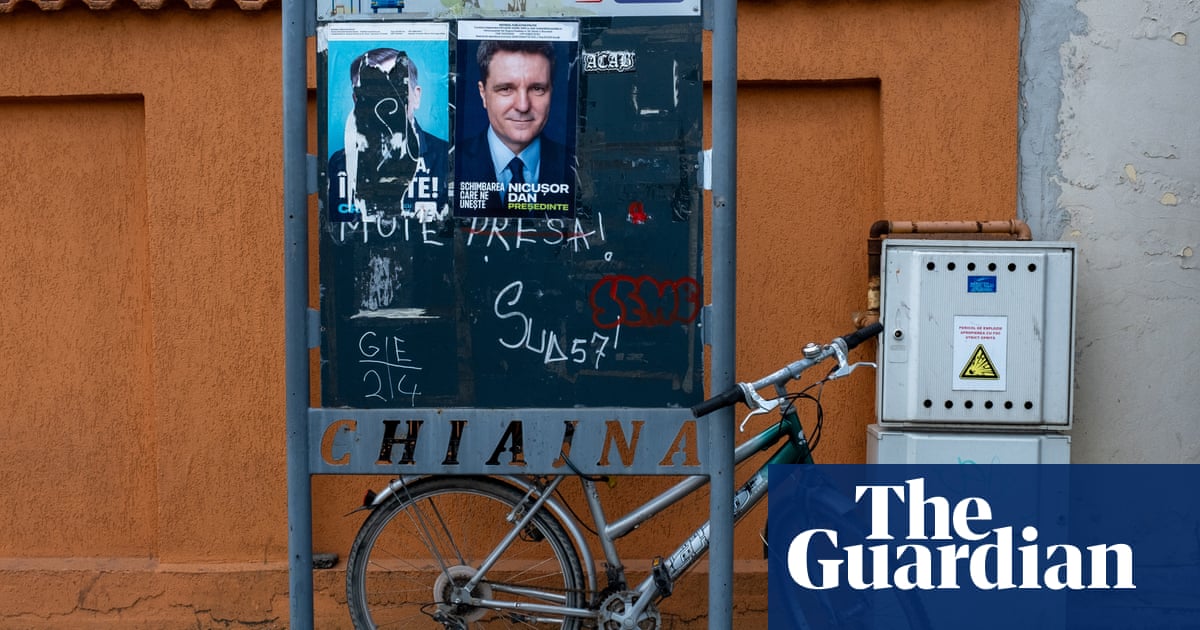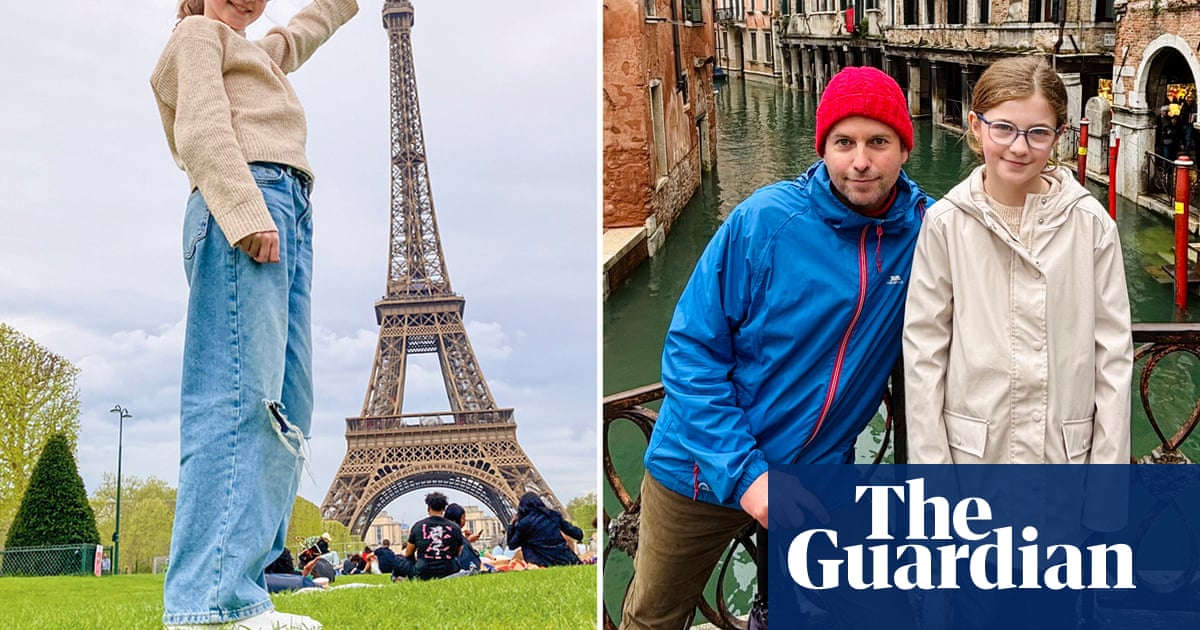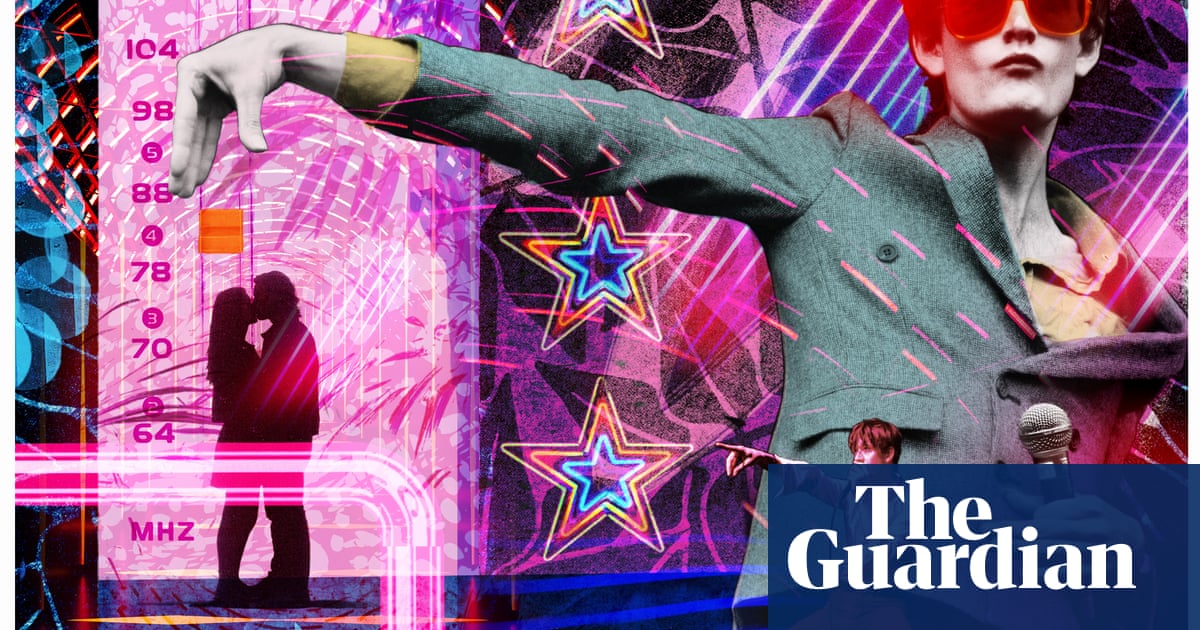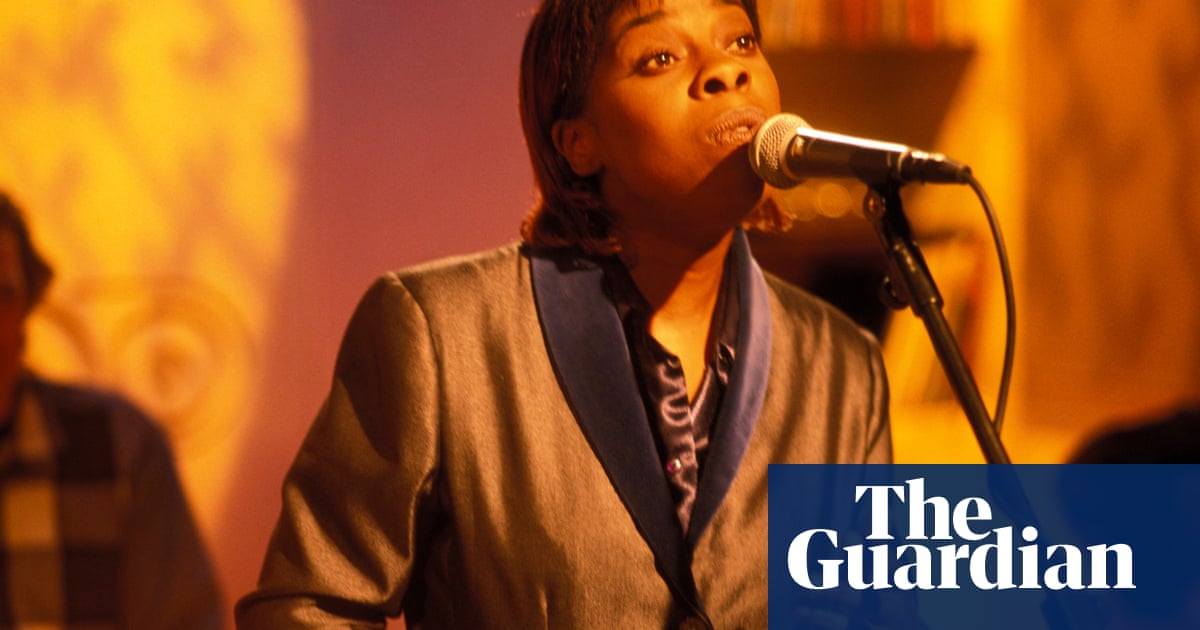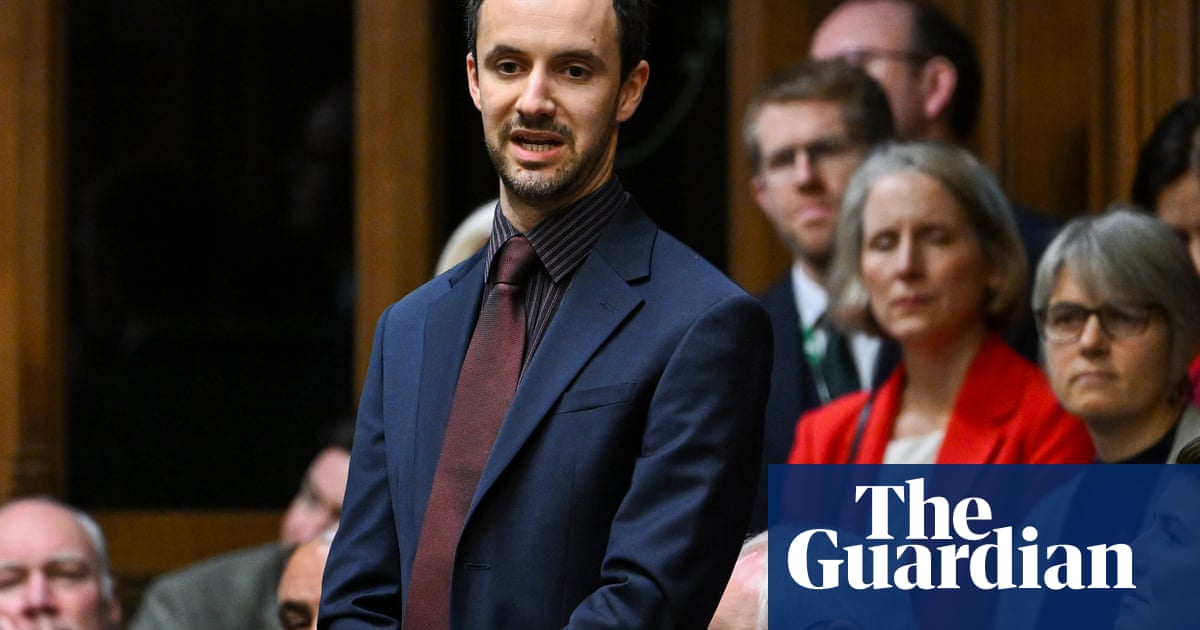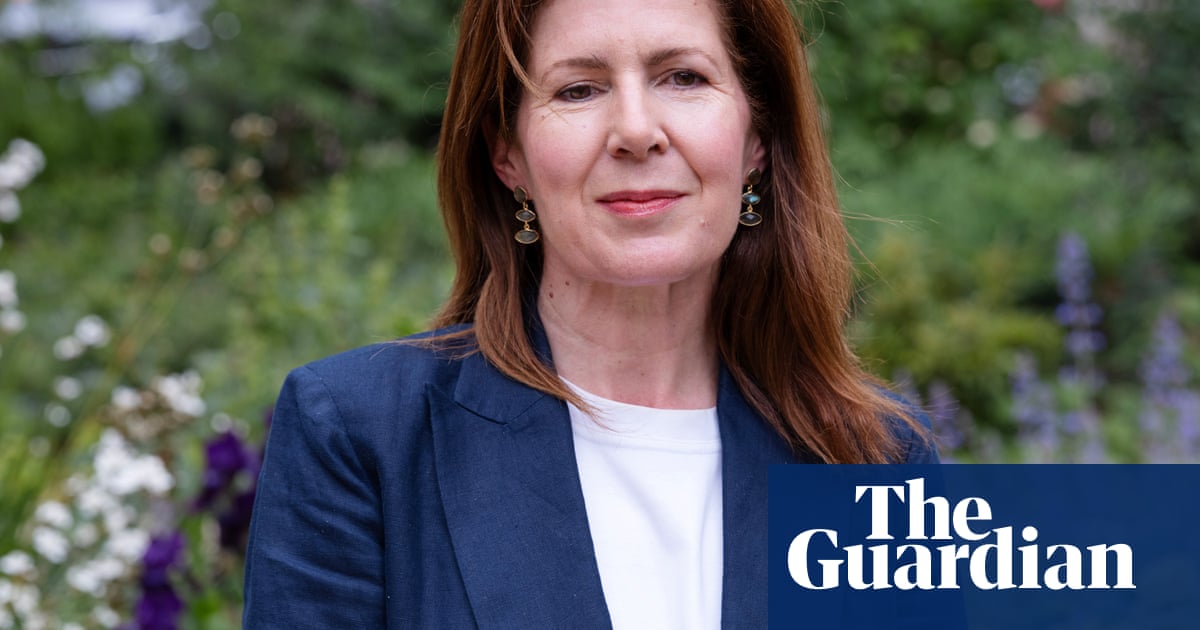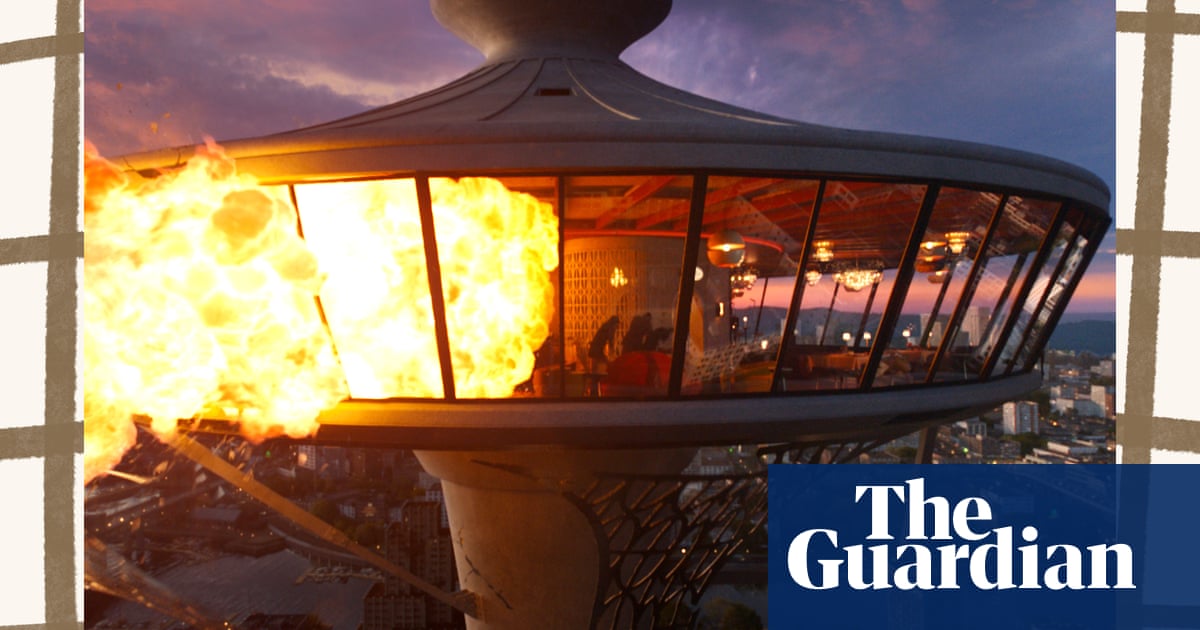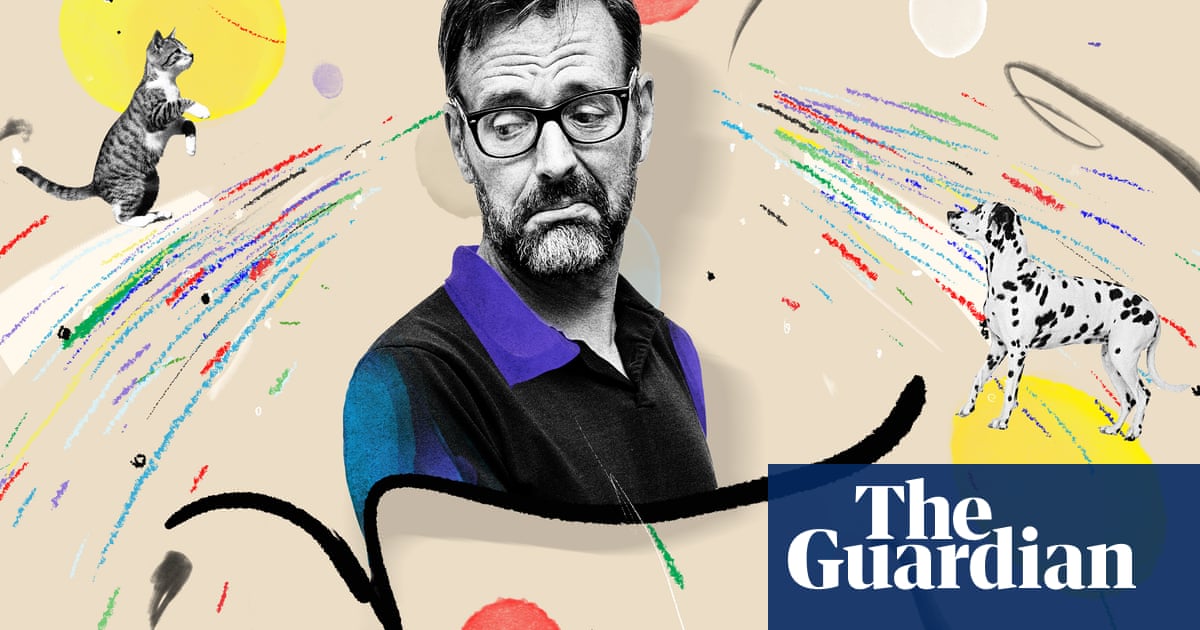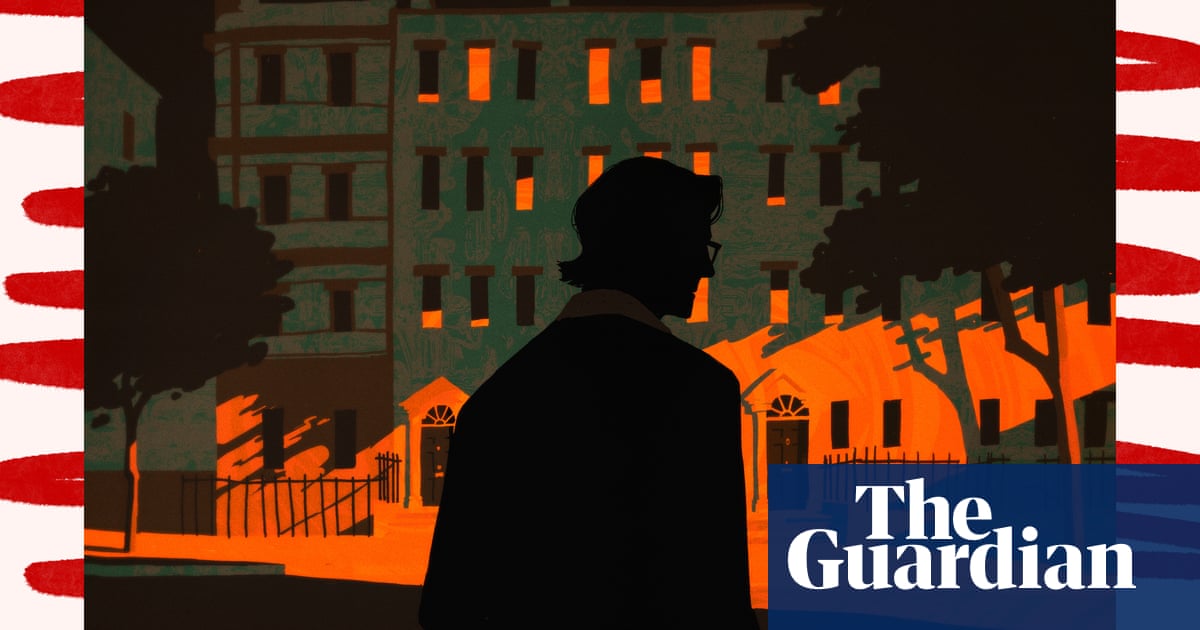Somewhere in my attic, among my rather extensive Polly Pocket and Barbie dolls collection, there’s a poster by the Romanian caricaturist Mihai Stănescu gathering dust. Truth be told it isn’t mine, it’s my mother’s. She passed it on to me a while ago and it spent most of my early adulthood taped to my bedroom door. On one line the poster reads “Before: EU – RO – PA”, with the RO dropping out. Beneath it: “After 22 December 1989: EUROPA” with the RO restored: Romania finally a part of Europe again.
Stănescu was one of the few caricaturists who dared to make subversive work mocking the Ceaușescu regime. He was under constant surveillance but his drawings encapsulated the hope many harboured for a democratic Romania. A Romania turned westwards. This same hope sustained the 1989 revolution. One of the best known placards held up by protesters in December 1989 read: “Copiii noștri vor fi liberi”. (Our children will be free.)
Those children and their children will have the chance to vote in the decisive round of Romania’s presidential elections on Sunday. The man of the moment, both in Romania and among the Romanian diaspora, is George Simion, a far right, anti-EU candidate who, to the glee of the Kremlin, won the first round on 4 May. Once again, the letters RO are on a tightrope. Will enough young Romanians care to put the RO back where it belongs?
When I tell people that I was born during the Ceaușescu years, many reply that they remember seeing the dictator and his wife, Elena, being executed. The revolution was televised and remains a vivid memory for countless people who were around in the late 1980s.
But the months-long youth-led protests that erupted in the immediate aftermath, the mineriada, remain in the shadows. After the collapse of the dictatorship, chaos ensued, and not everyone was convinced about the world they had woken up in. Yesterday a communist, today a democrat! The saying perfectly captured the CV of Romania’s first post-Ceaușescu president, Ion Iliescu.
A loyal Kremlin man, he had studied in Moscow, then rose through the Romanian Communist party ranks. When the old regime collapsed, he swiftly changed his job description from communist to democrat and ascended to power. His new government was entirely made up of figures from the nomenklatura. Ceaușescu was gone – but the old guard was the new guard, and some courageous citizens were not going to stand for it.
As early as January 1990, people started to gather in Bucharest’s University Square to protest. Iliescu brazenly mischaracterised the demonstrators, laying the ground for future violence: “Some are pitying these punks who are wreaking havoc in the capital centre.”
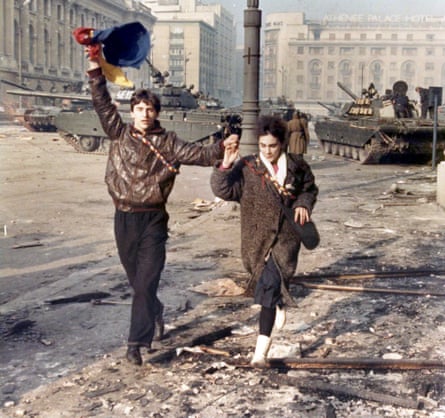
I know some of these punks (golani in Romanian): my mum, then 30, my grandmother, then 59, her brother and his wife, then 49 and 40, respectively. The crowds were led by students and intellectuals, but people of all ages and backgrounds joined them, night after night, to demand real elections, true freedom and the removal of the old guard.
There was an unspoken unity, my mother remembers. Romania was on the road to democracy and people weren’t going to let Iliescu hijack it. No more KGB, no more Securitate, no more Soviet Union, no more propaganda. “You represent Romania’s conscience for the entire European continent,” the dissident poet Ana Blandiana told the crowd.
The price of conscience doesn’t come cheap. Romania was on the brink of freedom but the so-called Russian sphere of influence was still gnawing at the edges. The old guard was far from ready to vacate the public square. The protesters chanted: “Iliescu nu uita, te votam la Moscova.” (Iliescu, don’t forget, you have Moscow’s vote.)
Daily, people would take to one of the university balconies overlooking the square and make speeches. Some started hunger strikes. The new government knew, as did the protesters, that this was a moment of truth. Would Romania turn westwards or would the gangrene caused by decades of totalitarianism be impossible to cure?
Of all the stories my mother and my grandmother have shared with me about their time under communism, the mineriada has gripped me the most. It has never felt like ancient history. Rather, this uprising feels integral to a long history of protest in a region mangled by Russian expansionism. The protests of 1990 were gasps for liberty, agency and self-determination.
After weeks of demonstrations, the government bussed thousands of miners into Bucharest, infiltrated by secret police agents. Iliescu had set one segment of the population upon another. “Once the miners arrived,” my mother told me, “everything changed. Terror reigned. They were everywhere in the capital, beating people up.” Iliescu had learned from the best.
Until recently, these events barely registered with today’s younger generation, and a 2023 poll revealed that 48% of Romanians think life was better under communism.
But the shocking win by the rank political outsider Călin Georgescu in the first round of the presidential elections last November, and the subsequent cancellation of the vote on suspicion of Russian meddling, means the past is catching up with Romania’s youth, too.
They were the target of Georgescu’s TikTok campaign and it worked: 31% of those aged 18 to 24 voted for the anti-EU, anti-Nato, pro-Kremlin candidate. After nearly two decades of Romania’s EU membership, Russia is tugging at its sleeves again and it seems that the current generation may not be entirely prepared for its dark arts, even though across the border Ukrainians are slaughtered for resisting, fighting for a future in the European project.
In a wider sense, Romanian society has yet to reckon with its past. The victims and the perpetrators, the collaborators and the bystanders, the old guard and the new generations have been living side by side ever since.
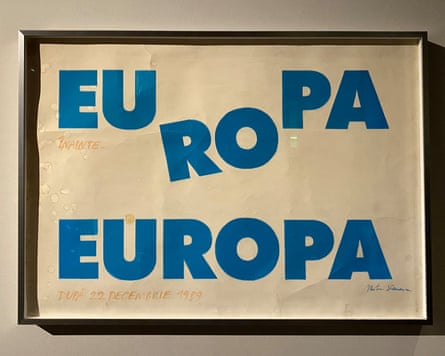
When we visited Romania after 20-odd years abroad and stayed at my gran’s flat – the flat I spent my early childhood in – the same neighbours were still there. The former secret police members, party members and informers, today harmless elderly people. The past? Who cares about that? We must move forward and stop banging on about it.
I have often wondered how this lack of reckoning can possibly create healing and, most importantly, trust. How odd it must be to casually walk down the street, scrolling mindlessly perhaps, or chatting on the phone, or stopping here and there to window shop, and randomly pass by comrade so-and-so who you know informed on you or your family. Not all secondary-school children have been formally taught about the communist regime and its impact on society. That will at least change from this September.
There is another glimmer of hope: as Georgescu seemed headed for the presidency, many pro-European Romanians poured into Bucharest’s University Square again, as the 1990 generation had done. This time, their placards read: “We want the EU not the KGB” and “Your children are free”, a nod to the iconic 1989 “Our children will be free” slogan. And hundreds marched into the square yet again last weekend, chanting “Niet Kremlin, yes Europe”.
Iliescu, too, is facing his reckoning. At 94, he has been indicted for crimes against humanity during the mineriada protests.
On 18 May, Romanians have a stark choice between two visions for the country’s future: that of Simion, the far-right candidate, or Nicușor Dan, the centrist. The diaspora voted by an overwhelming majority for Simion in the first round.
I have to search high and low for Stănescu’s Europa poster. It has been bugging me for some time that I seem to have misplaced it. But rummaging through boxes filled with childhood dreams gives me a chance to think of all the people who had the courage to risk their lives in 1989 and 1990, who clung to their aspirations for Romania after the fall of the dictatorship, who made sacrifices.
Will the children of the revolutionaries vote with their parents’ and grandparents’ hopes, or will the spectre of the old narratives, bolstered by conspiracies and historical amnesia, gain the upper hand yet again?
A line from a song that came to symbolise the protest movement in early 1990, entitled The Hymn of the Punks (Imnul Golanilor) by Cristian Pațurcă, comes to mind: “Out of all the dead and fallen, we’re rising again like ghosts”. The ghosts that put the “RO” back into Europe.
-
Larisa Faber is a writer and actor who was born in Romania and raised in Luxembourg

.png) 4 hours ago
5
4 hours ago
5


